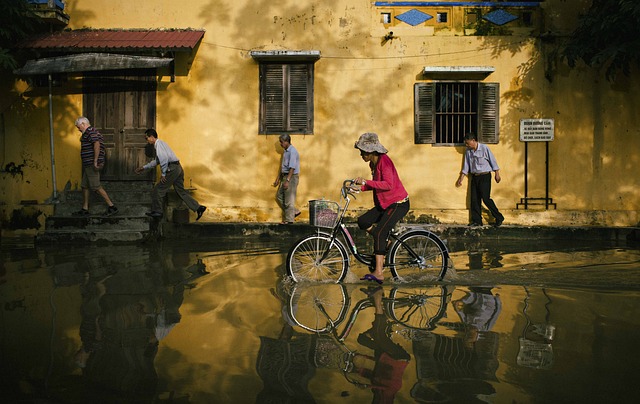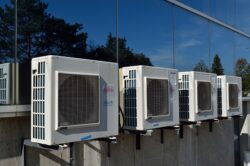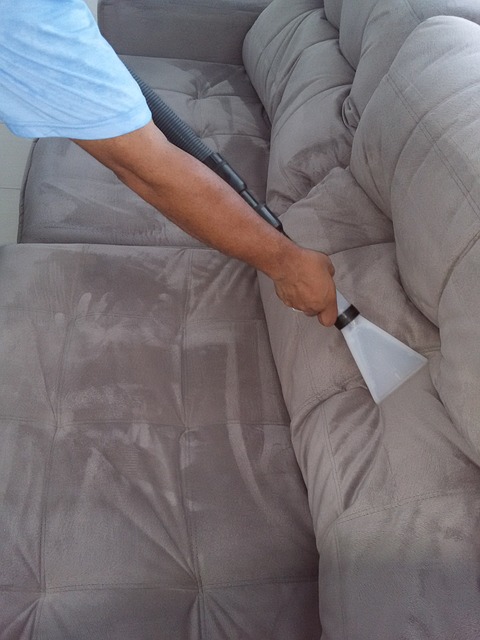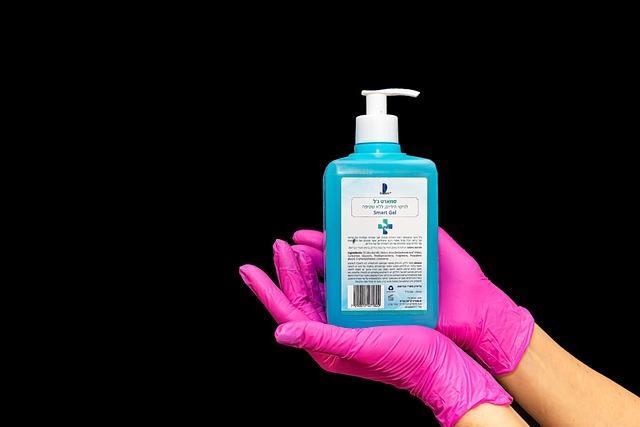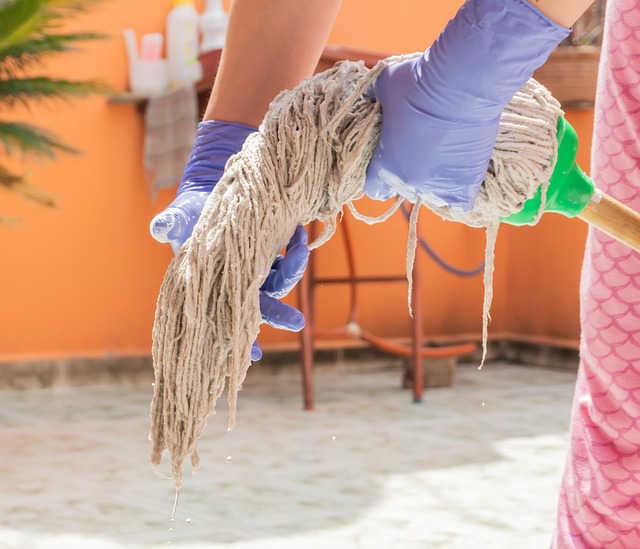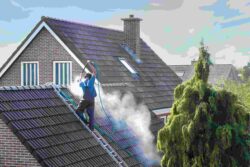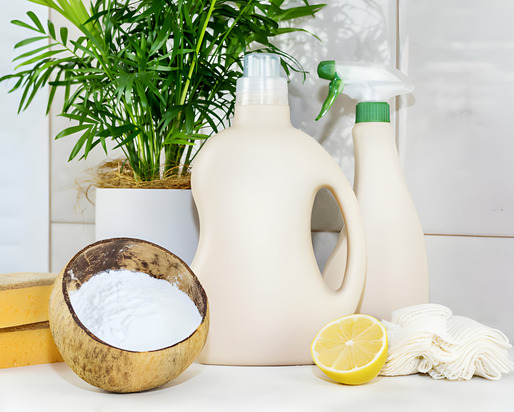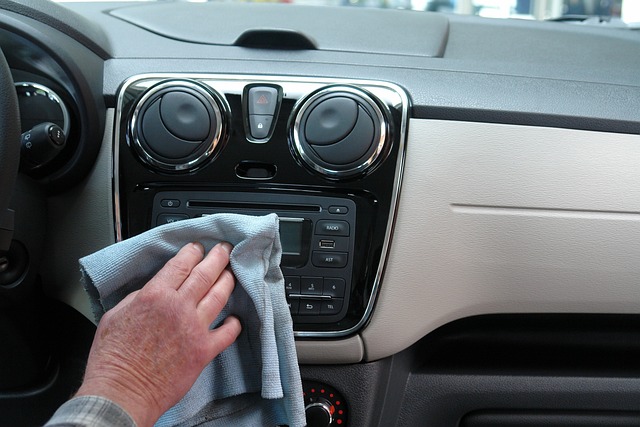In the blink of an eye, disaster can strike, turning our lives and homes upside down. Among the most devastating natural calamities, floods rank high, leaving a trail of destruction in their wake. When the floodwaters finally recede, they often leave behind a daunting mess, and the process of restoring your home can seem like an overwhelming mountain to climb.
Imagine for a moment: your home, your sanctuary, is suddenly submerged under muddy water, your belongings bobbing like flotsam in the murky depths, your cherished memories and the life you’ve built seemingly washed away. It’s a scene that’s difficult to fathom, yet it’s a reality that countless individuals and families face each year.
Here is a step-by-step guide, exploring the crucial tasks and decisions you’ll need to make to bring your home back from the brink. From the initial safety precautions to the meticulous cleaning and sanitizing process, from the assessment of structural damage to the restoration of your treasured possessions, we will guide you through every phase of emergency cleanup after a flood. We’ll also share insights on how to handle insurance claims, prevent future flooding, and offer hope and encouragement along the way.
Here is our post on How to Clean and Maintain Your Home’s Rain Gutters: Tips and Tricks
What to Do After a Flood
Floods can cause a wide range of problems in your home, including structural damage, contamination, and mold growth. It’s essential to address these issues promptly to prevent further damage and ensure the safety and well-being of your family.
Safety First
Before diving into the cleanup process, ensure that the environment is safe. Here are some critical safety measures to consider:
- Assess structural damage: Check for any damage to the foundation, walls, or roof. Avoid entering your home if you suspect significant structural damage. Consult a professional for an assessment.
- Turn off utilities: Shut off electricity, gas, and water to prevent electrical shocks and gas leaks. Only do this if it is safe to access the utility controls.
- Wear protective gear: When entering the flood-damaged area, wear protective gear like rubber gloves, waterproof boots, and eye protection. A dust mask can help filter out airborne contaminants.
- Watch out for wildlife: Floodwaters can displace animals, including snakes and insects. Be cautious and stay aware of your surroundings.
Document the Damage
Taking photos and videos of the flood damage can be invaluable for insurance claims. Document the affected areas, damaged possessions, and the overall condition of your home. This evidence can help ensure that you receive the appropriate compensation for your losses.
Water Removal and Drying
Removing excess water from your home is the first crucial step in the cleanup process. The longer water sits in your home, the more damage it can cause, such as weakened structures and mold growth.
Pumping out Water
- Safety precautions: Ensure that electricity is turned off in the flooded area before entering. Use a submersible pump or a wet/dry vacuum to remove water. Start from the lowest point and work your way up.
- Dispose of water properly: Do not pump water directly into storm drains or septic systems, as this can overload them. Instead, pump water into a suitable drainage area away from your home.
Drying Out Your Home
After removing excess water, the next step is to thoroughly dry your home to prevent mold growth and further structural damage.
- Ventilation: Open windows and doors to promote airflow. Use fans and dehumidifiers to expedite drying. Remember that mold can begin to grow within 48 hours in a moist environment.
- Remove wet materials: Dispose of any items that cannot be thoroughly dried, such as carpets, padding, and drywall. Mold can hide and grow within these materials.
- Cavity drying: If water has infiltrated wall cavities, it may be necessary to remove baseboards and drill small holes in the walls to facilitate drying.
- Inspect for hidden moisture: Use a moisture meter to check for hidden pockets of moisture in walls, floors, and ceilings. Ensure that everything is thoroughly dry before moving on.
See also our post on Holiday Cleaning: Getting Your Home Ready for Guests
Cleaning and Sanitizing
Floodwaters can bring in a slew of contaminants, including bacteria, sewage, and chemicals. It’s crucial to clean and sanitize all affected areas to make your home safe and habitable.
Cleaning Steps
- Remove mud and debris: Begin by shoveling out any remaining mud and debris. Use a hose to rinse away loose dirt.
- Clean hard surfaces: Scrub and disinfect all hard surfaces, including floors, walls, and countertops, with a bleach solution (1 cup of bleach to 5 gallons of water).
- Disinfect personal items: Clean and disinfect personal items, such as clothing and dishes, before using them again.
- Clean and disinfect appliances: Ensure that all appliances, including HVAC systems and water heaters, are professionally cleaned and disinfected.
Mold Prevention
Mold is a common issue after flooding, and it can be harmful to your health. To prevent mold growth, follow these steps:
- Thoroughly dry everything: As mentioned earlier, ensure that all affected areas are completely dry.
- Mold inspection: If you suspect mold growth, consider hiring a professional mold inspector to assess the extent of the problem.
- Professional remediation: In cases of extensive mold growth, it’s best to hire a professional mold remediation service to safely remove and remediate the affected areas.
See also our post on How to Choose an Eco-Friendly Cleaning Service for Your Business: A Comprehensive Guide
How to Restore Your Home
Once the cleaning and sanitizing process is complete, you can begin the restoration process. This may involve repairs and renovations to return your home to its pre-flood condition.
Assessing Structural Damage
Before restoration, have a professional contractor assess the structural damage. They will determine what repairs are necessary and provide a cost estimate. Common structural issues include damaged foundations, walls, and roofs.
Electrical and HVAC Systems
Have an electrician inspect your home’s electrical system. Floodwaters can cause electrical damage, and it’s essential to ensure that your electrical system is safe. Similarly, have an HVAC technician assess and clean your heating, ventilation, and air conditioning systems to prevent mold and contamination.
Flooring and Walls
Replace any flooring and walls that were damaged by the flood. Depending on the extent of the damage, this may involve replacing drywall, insulation, and subflooring. Consider using flood-resistant materials in the reconstruction.
Furniture and Personal Belongings
Evaluate the condition of your furniture and personal belongings. Some items may be salvageable through professional cleaning and restoration. However, items with significant water damage or mold growth may need to be discarded.
Landscaping and Exterior
Don’t forget about the exterior of your home. Repair any damage to your landscaping, including erosion and washed-out driveways or walkways. Ensure that your exterior walls and siding are in good condition to prevent future water intrusion.
See also our post on Fire Damage Restoration: Cleaning and Salvaging Belongings
Dealing with Insurance Claims
Navigating insurance claims after a flood can be a complex and time-consuming process. To maximize your compensation, consider the following tips:
- Contact your insurance company: Notify your insurance provider about the flood damage as soon as possible. Follow their instructions and document all communication.
- Document everything: As mentioned earlier, maintain a detailed record of the damage, including photographs, videos, and written descriptions.
- Understand your policy: Review your insurance policy to understand what is covered and what isn’t. Be aware of any deductibles and limits.
- Keep receipts: Save all receipts related to the cleanup, repair, and replacement of damaged items. These can be essential for reimbursement.
- Use a public adjuster: If you feel that your insurance company is not offering fair compensation, consider hiring a public adjuster to help negotiate on your behalf.
How to Prevent Future Flood Damage
Once your home is restored, it’s essential to take steps to prevent future flood damage. Here are some measures you can implement:
- Elevate your home: Consider raising your home’s foundation to a level above the base flood elevation (BFE) to reduce the risk of future flooding.
- Install flood barriers: Flood barriers, such as sandbags and flood shields, can help prevent water from entering your home during floods.
- Modify landscaping: Ensure that your yard is properly graded to direct water away from your home. Plant native vegetation and use gravel or permeable materials to reduce erosion.
- Invest in flood insurance: If you live in a flood-prone area, purchasing flood insurance can provide financial protection in the event of future floods.
- Regular maintenance: Keep your gutters, downspouts, and drainage systems clear to prevent water from accumulating around your home.
Here is our post on Fall Cleaning and Organization: Preparing for the Holidays
Conclusion
Amidst this chaos, fear, and uncertainty, there is hope. You possess the power to restore your home, to rebuild your life, and to emerge from the flood’s aftermath stronger and more resilient than ever before. The journey ahead will be challenging, but it’s a journey of renewal, of reclaiming what’s rightfully yours.
The journey to reclaim your home after a flood is more than just a physical cleanup; it’s a testament to your strength, determination, and unwavering human spirit. It’s a testament to the bonds of community, the support of family and friends, and the enduring hope that tomorrow will be better than today.
Remember that this journey may be long and arduous, but it is not one you have to walk alone. Seek help when needed, whether from professionals, friends, or support groups. And most importantly, take it one step at a time, one task at a time, knowing that with each completed action, you are one step closer to the restoration of your home and your life.





